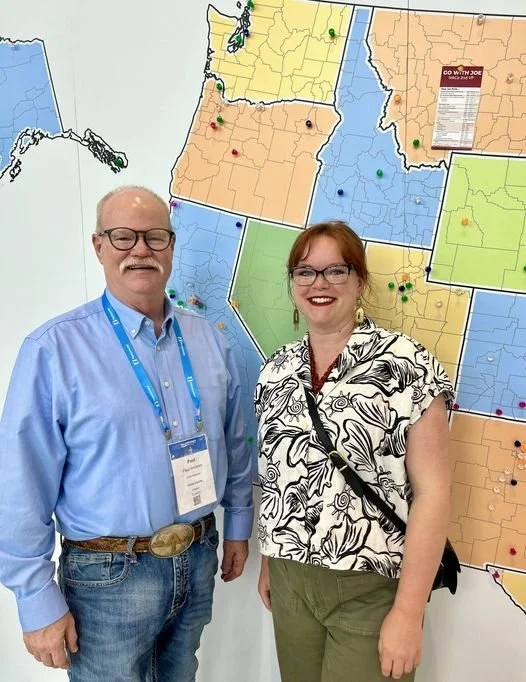A PROJECT LED THROUGH THE REV
Rural Leaders for Economic Mobility
The inaugural RLEM counties are:
Audrain County, MO
Curry County, NM
Hertford County, NC
Holmes County, MS
Jim Wells County, TX
Presidio County, TX
San Juan County, UT
Telfair County, GA
Union County, OR
Venango County, PA
ABOUT
Moving individuals and families out of poverty is the goal of a program Union County was selected to be a part of. The county is one of only 10 rural counties in the nation to be part of the initiative called Rural Leaders for Economic Mobility.
RLEM consists of teams of county elected officials and non-elected county leaders who have limited technical and staffing resources but who are deeply committed to building stronger and more resilient economies in their communities. RLEM was created by the National Association of Counties (NACo) and began in 2024.
Team participants engage in virtual and in-person learning opportunities, receive technical assistance for program implementation, and funding provided to help local governments make decisions based on data and proven strategies.
Based on NACo’s signature peer learning model, team members explore economic mobility strategies and support one another in customizing and implementing strategies in their home jurisdictions.
UNION COUNTY
Union County, in Northeastern Oregon, has a population of more than 26,000 people. As of the 2020 census, the population was 26,196. Much of the county is within the Grande Ronde Valley, surrounded by the Blue Mountains and Wallowa Mountains. unioncountyor.gov
NATIONAL ASSOCIATION OF COUNTIES
The National Association of Counties consists of nearly 40,000 county elected officials and 3.6 million county employees. Founded in 1935, NACo unites county officials to advocate for county government priorities in federal policymaking; promote exemplary county policies and practices; nurture leadership skills and expand knowledge networks; optimize county and taxpayer resources and cost savings; and enrich the public’s understanding of county government.
IN THE NEWS
Union County & REV Selected for National Program
August 5, 2024
Union County & local nonprofit selected for new national economic initiative
July 7, 2024 - Elkhorn Media Group


